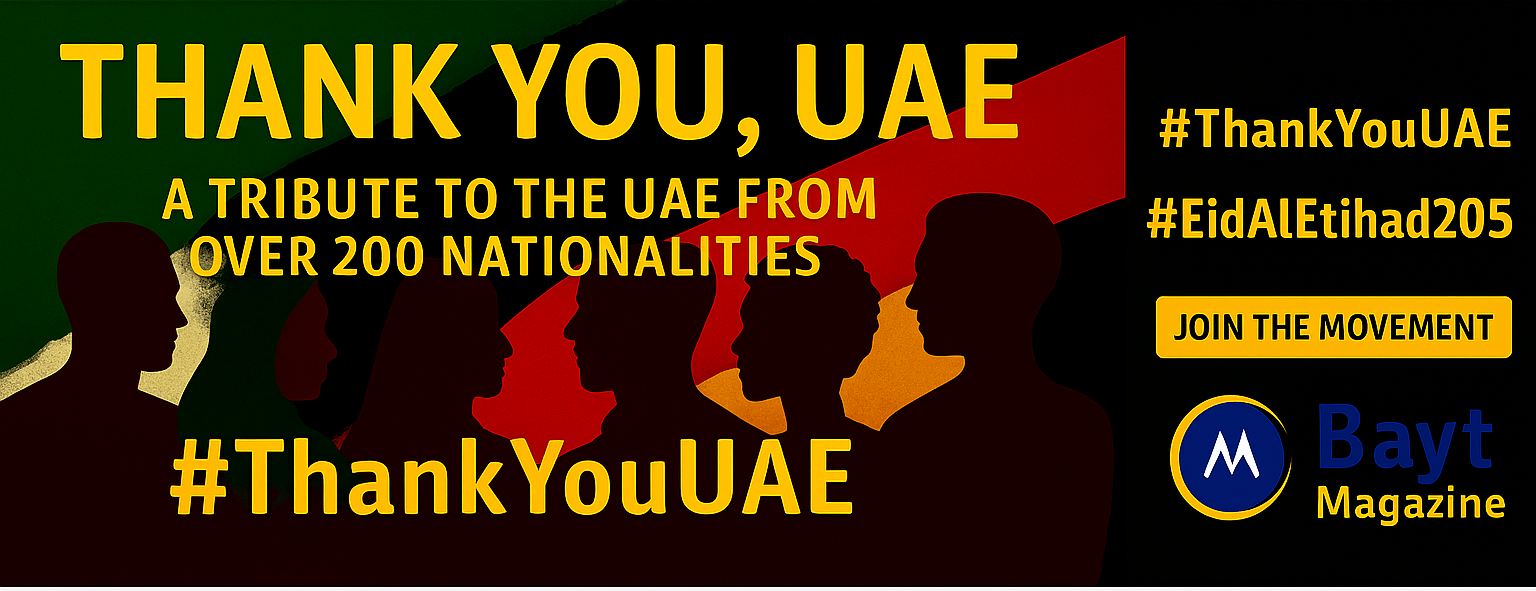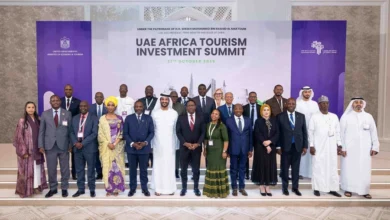
Middle East Business Travel Growth Outpaces Global Markets
Business traveler Middle East data reveals that regional travel spending jumped 50% in Q1 2025 compared to last year. The MENA region has become one of the most important contributors to global business travel spending, which will likely hit $1.48 trillion by 2024. The sector showed a strong comeback and exceeded $17 billion in 2024, while the UAE saw its bookings soar by 250%. The MENA business travel market should reach $270.8 billion by 2030 and grow at 8.3% yearly from 2025 to 2030. These numbers highlight the region’s rising role in the global business travel world and its economic rebound.
China Emerges as Top Destination for MENA Business Travelers
China now leads as the top destination for Middle East and North Africa (MENA) business travelers. The country attracts 25% of all regional business trips. The United Arab Emirates comes second with 13%, followed by Saudi Arabia (5%), India (4%), and the United Kingdom (3.5%)[72].
The eastward movement shows growing economic bonds between MENA and the world’s second-largest economy. Dubai serves as a key transit point that enables this connection through frequent flights to Chinese cities like Guangzhou and Seoul[72]. The emirate’s location between Asia, Europe, and Africa makes it a vital global connector.
Emirates airline’s China network from Dubai runs strong with 14 weekly flights each to Shanghai and Beijing, and daily flights to Guangzhou. The carrier operates about 35 weekly flights to China using Boeing 777 aircraft. The airline plans to add more Chinese destinations next year.
Regional carriers keep expanding MENA-China routes. China Eastern Airlines will start direct Shanghai-Abu Dhabi flights from April 28, 2025. This marks the first Chinese airline service on this route. Emirates will begin daily flights to Shenzhen and Hangzhou. Saudi Arabia has teamed up with China Eastern Airlines to launch direct Riyadh-Shanghai service.
Dubai International Airport’s wide network helps the business travel market thrive. The airport connects to over 198 destinations across 93 countries through 84 international carriers. Riyadh, Cairo, and Doha see more business travelers thanks to major infrastructure investments[72].
The growing trade relationships between these regions point to increased business travel between MENA and China. This trend will strengthen China’s role as the leading destination for regional corporate travelers.
Luxury Accommodations See 145% Booking Surge During Ramadan
Luxury hotels in the Middle East saw their bookings soar by 145% during Ramadan 2025 compared to the previous year. This growth shows how travelers now prefer premium experiences and exclusive Ramadan packages.
The hotel market shows clear divisions in demand. Luxury hotels led with a 145% surge, while full-service hotels grew by 109%. Limited-service properties grew by 73%. Economy hotels saw their bookings drop by 31%, which shows guests were ready to spend more on better accommodations during the holy month.
Business travelers showed a strong liking for upscale stays. Four-star hotels got 45% of all bookings, and five-star properties attracted 20% of guests[102][103]. These numbers match the growth in the MENA hotel market, which is worth AED 1050.17 billion in 2024 and should reach AED 1788.23 billion by 2032[102].
Hotels across the region reported more iftar and suhoor bookings from corporate groups. “Bookings have been even better than usual years,” said Fabrice Ducry, general manager of Saadiyat Rotana Resort and Villas. This marks a return to pre-pandemic patterns as properties got advance bookings instead of last-minute ones.
Room rates went up to match this high demand. The average rate rose 10% to AED 587.51 per night[102][103], and premium hotels charged even more. Dubai’s average daily rate reached AED 627.90.
This luxury booking surge is different from usual Ramadan travel patterns when Middle East hotels typically slow down. The rise in high-end stays shows how consumer habits have changed and how hotels have adapted their services for the holy month.
Bleisure Travel Extends Average Trip Duration to 10 Days
“Bleisure” travel has reshaped business trips in the Middle East by a lot. Business travelers now stay for 10 days on average, matching pre-pandemic levels. This new trend mixes work duties with vacation time and creates value for both companies and their staff.
The numbers tell an interesting story. Middle East travelers lead the pack with 71% taking bleisure trips in the last year. Their UK counterparts lag behind at just 15%. Most people add their leisure time after work commitments end and typically stay three extra nights.
The Global Business Travel Association reports that 62% of business travelers now mix work and leisure more often than in 2019. About 42% add extra vacation days to their work trips. What started as an opportunity has become standard practice in companies of all sizes.
Middle Eastern travelers show remarkable enthusiasm for this trend. Nearly 80% spend more on travel, with half saying their budgets have grown “considerably”. Room rates have also climbed 10% to AED 587.51 per night[162].
Companies benefit beyond the obvious advantages. Bleisure helps retain staff, especially millennials who value non-monetary perks. Employees learn local customs better, which improves customer relationships. Workers get a better work-life balance, grow through new experiences, and save money on vacations by using company-paid travel.
The UAE leads this change in the Middle East through major immigration updates. A Bayt survey shows that 92% of MENA professionals can work remotely with their current resources. Dubai has become the top choice for remote workers according to Savills Executive Nomad Index since launching remote work visas in March 2021. The city stands out for its quality of life, flight connections, and resilient infrastructure.
This change shows how work culture keeps evolving, bringing both professional success and personal growth to Middle East business travelers.
Business travel in the MENA region shows remarkable growth in many areas. A dramatic 50% increase in spending points to strong economic recovery. Chinese travelers now make up 25% of all business trips to the region, showing new patterns in global business relationships. Luxury hotel bookings have jumped 145% during Ramadan 2025, which reflects companies’ changing priorities. Business travelers now combine work and leisure into extended 10-day trips that create value for both organizations and their staff.
The MENA business travel market will likely reach $270.8 billion by 2030. This expansion comes from stronger international connections, especially with China, through better flight networks and strategic travel hubs. These trends show MENA’s rise as a key player in global business travel, with a clear focus on luxury accommodations and work-life balance.
Higher spending, more diverse destinations, and new travel habits have made MENA a driving force in tomorrow’s business travel landscape. The region’s business travel sector continues to grow steadily, backed by strong infrastructure and expanding international collaborations.





